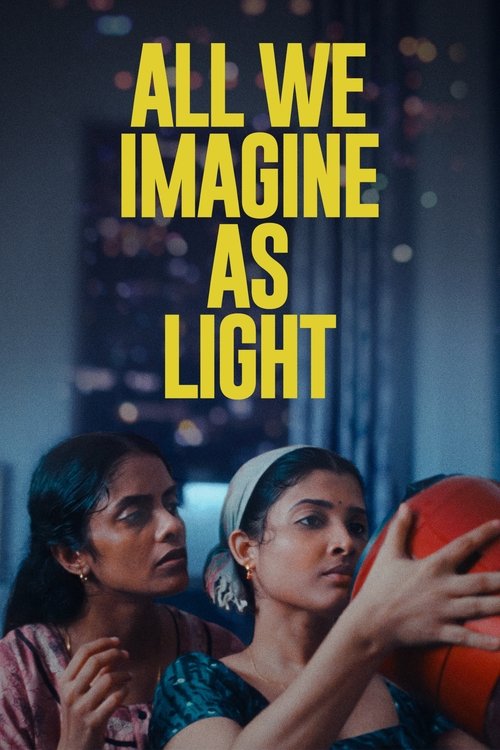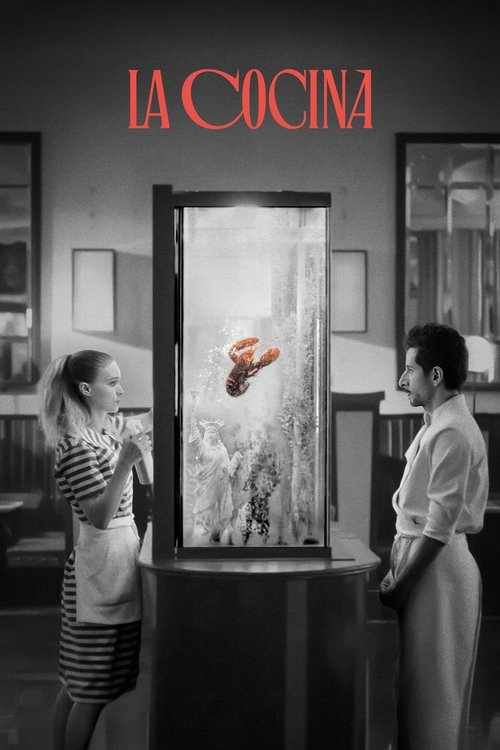
2024
Megalopolis
Science Fiction, Drama
6.0
User Score
902 Votes
Status
Released
Language
en
Budget
$120.000.000
Production
American Zoetrope, Caesar Film
Overview
In a futuristic New York known as New Rome, visionary architect Cesar Catilina dreams of building "Megalopolis," a utopian city that redefines society’s limits. Opposing him is the corrupt Mayor Franklyn Cicero, who clings to power and profit. Between them stands Julia, the mayor’s daughter, whose love for Cesar forces her to choose between loyalty, ambition, and the fate of humanity.
Review
msbreviews
4.0
FULL SPOILER-FREE REVIEW @ https://fandomwire.com/megalopolis-review-admirable-ambition-meets-chaotic-execution-in-francis-ford-coppolas-epic/
"Megalopolis is an ambitious epic that attempts to examine numerous thought-provoking themes, but Coppola's vision of societal reconstruction reflects both its grandeur and the inherent flaws of its chaotic execution.
Despite immersive visuals and a talented cast, the narrative becomes overloaded with metaphors and philosophical analogies, resulting in an experience that, while provocative, feels confusing and scattered. The central conflict between Cesar and Cicero offers intriguing moments, but the richness of the ideas often gets diluted by the film's excessive complexity.
A frustrating disappointment that, even as the creation of one of the greatest filmmakers of all time, still falls prey to the common pitfalls of contemporary cinema."
Rating: C-
Read More Brent_Marchant
5.0
In the interest of full disclosure, it pains me to write this, but I feel I must be honest. Legendary writer-director Francis Ford Coppola’s long-awaited epic cinematic fable is, regrettably, a major disappointment. After decades of stop-and-start development, the filmmaker’s metaphorical opus about a renowned, idealistic architect (Adam Driver) seeking to build an ambitious utopian development in a modern-day version of New York inspired by ancient Rome follows the protagonist’s often-frustrated efforts to get the project off the ground (not unlike the production of this movie itself). Thematically speaking, the picture addresses a number of thoughtful, significant issues about the roles of greed, corruption, politics and agenda-based motivations in matters of public welfare, as well as the importance of enabling the expression of inspired creative freedom. It also delves into the relevance of love and support in fueling the success of such ventures. However, these notions are severely undermined by an overwhelming abundance of narrative clutter and style over substance. While it’s true that “Megalopolis” is gorgeous to look at with its inventive and impressive cinematography and production design, these visual aspects become so dominant that they vastly overshadow the coherence and intelligibility of the story. Admittedly, a greater sense of clarity begins to emerge as the picture unfolds, but, unfortunately, by that point, it’s difficult to imagine almost anyone genuinely caring about what ultimately happens. There are also many less-than-subtle parallels between the plot of this film and the screen adaptation of author Ayn Rand’s best-selling novel “The Fountainhead” (1949), raising some questions about the authentic originality of this work. Given that this could well be Coppola’s final film, it’s a shame to see the director wind up his repertoire with such a disappointing and underwhelming effort, and some reviewers (myself included) have tried mightily to avoid being unduly unkind, perhaps delivering more generous ratings than might ordinarily be the case. Nevertheless, it would appear that this allegorical undertaking was more than the filmmaker could manage, and it shows in the finished product, quite a letdown from the director known for such classic offerings as “The Godfather” (1972) and “Apocalypse Now” (1979). Yet, if you’re determined to see it, in light of the stunning visuals, this is probably a production best viewed on the big screen, but don’t be surprised if you walk away from this one disappointed overall.
Read More 



